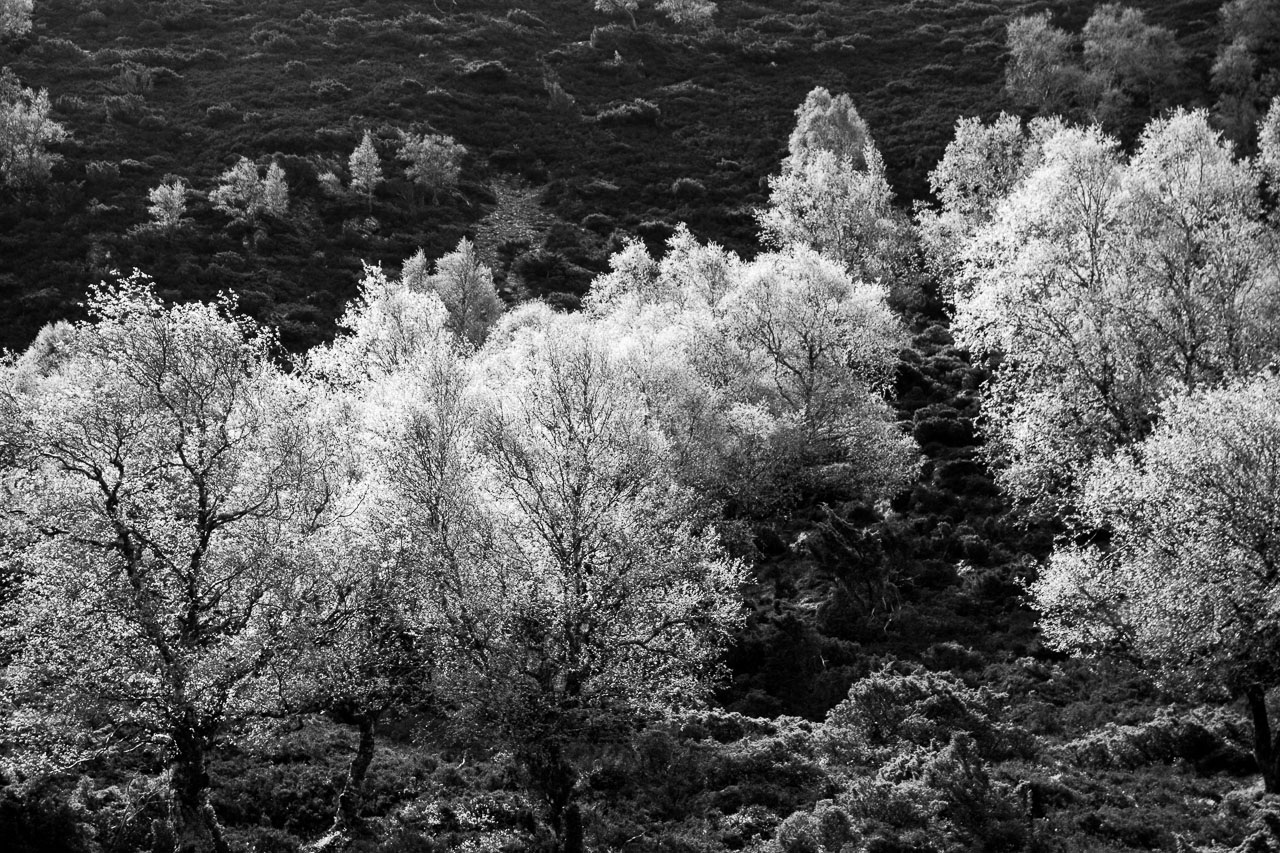The word ‘photography’ derives from two Greek roots, which roughly translated mean ‘light’ and ‘to draw’ so photography means ‘drawing with light’. It isn’t ‘copying with light’ because when photography was introduced it did not reproduce what was in front of the camera exactly as seen. Individuals draw the same scene differently, emphasising what is important to them, and until not so long ago, the same was true of photographers - they interpreted and presented what was in front of the camera in quite different ways.
With the advent of high-resolution films and, especially, digital photography this changed, to a very significant extent. The camera can reproduce to a very high degree of fidelity, a scene as shot by the photographer and leaving aside differences in post-processing, two photographers faced with the same scene will produce very similar photographs.
My photography reflects my interests in the outdoors so is dominated by landscape photographs and in this area there has been an explosion of high-quality representational images of mountain and coastal landscapes. Some of these are absolutely stunning images, which show the beauty and the grandeur of the outdoors.
Yet, I am tiring of both taking and looking at these images. They may be technically superb and visually impressive but they often fail to get over what the photographer feels about the landscape. As Niall Benvie, a Scottish photographer says in his book ‘You are not a photocopier’ these are often simply high-quality photocopies.
His book is about photography and art and, while I don’t agree with everything he says, it is a provocative read. A particularly good point that he makes is that we should not necessarily present photographs on their own but that interpretative text can make these more individual to the photographer.
For some of my own landscape photographs, I’ve been thinking about how these communicate how I felt when I took these pictures and how to present this. I have decided that colour is sometimes a distraction - it’s easy to admire the prettiness and to fail to ‘see’ what’s really in the photograph. With a black and white photo, it’s about the light, not the colours. Captions, I think, are very important so I have thought about longer, explanatory captions that try to describe why I like the photograph.




I won’t stop taking ‘pretty pictures’ in the hills or, indeed, admiring such pictures taken by others because, sometimes, these are simply the best ways to document walks and trips. But I also plan to think more about why I took a photograph, what it really means to me and how I can represent this. I have no pretentions to being an artist but I hope that by focusing on light rather than colour, I can better communicate what being in a landscape means to me.

